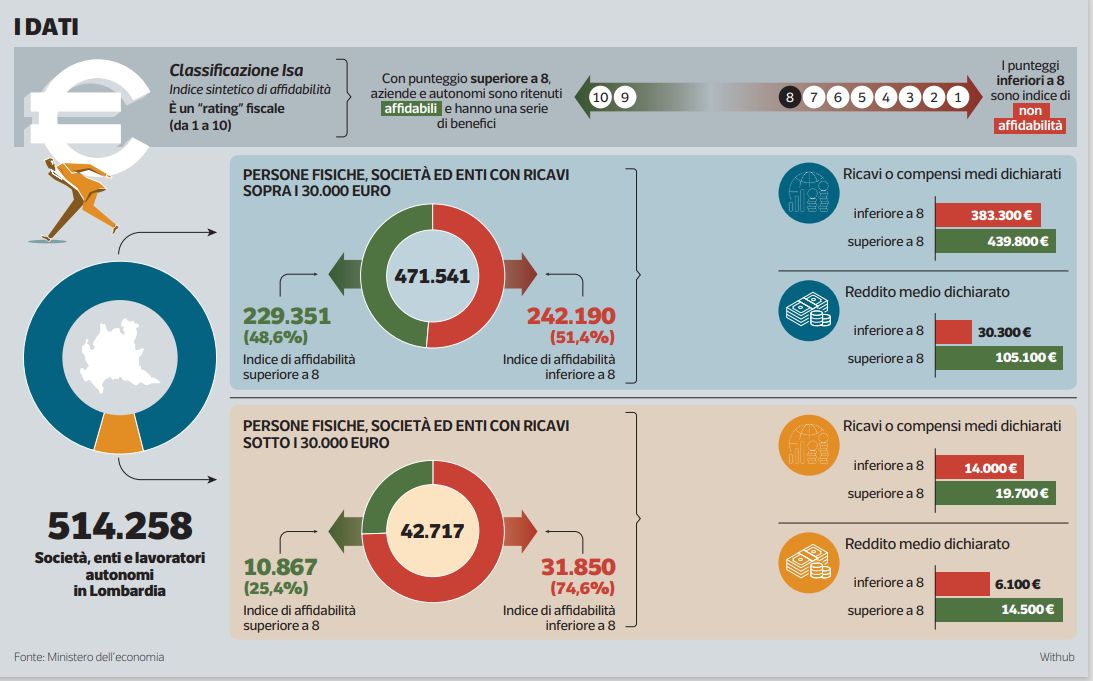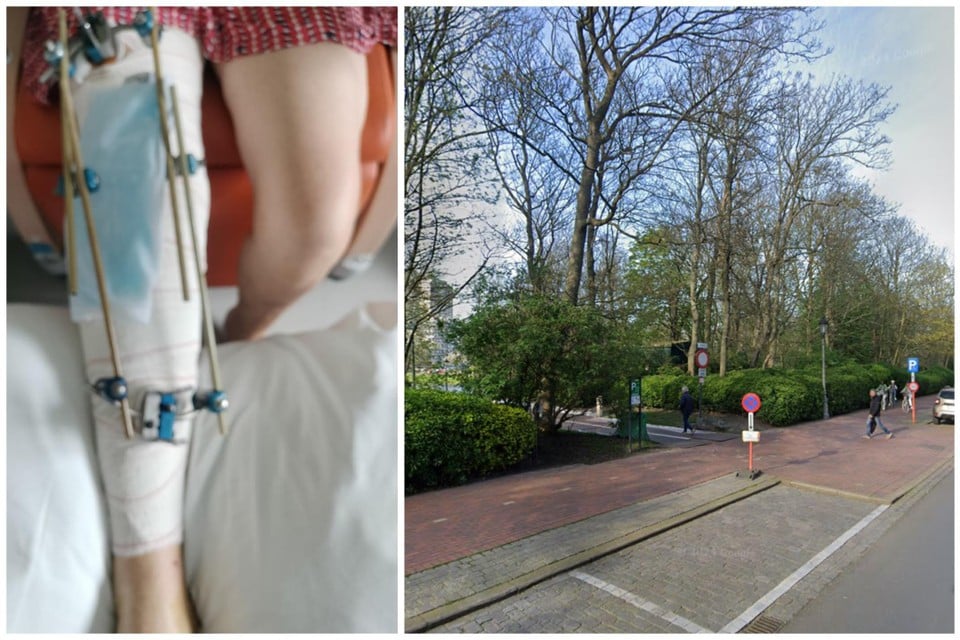ISEE, The Factory of the poor: all the numbers of a paradox (which affects two out of three Italians)

In 2008 with 73 billion of assistance expenditure, the indigent were 2.1 million. Today the funds have grown by 240% and beneficiaries have tripled. The indicator of the economic situation now affects 60% of Italians
It is appropriate to say that more than half a country is in fibrillation for the changes made by the Budget Law, the ISEEthe indicator of the equivalent economic situation, used to determine access to various subsidized social benefits for individuals and families. In fact, the regulation for the determination of the ISEE has been modified (DPCM published in the Official Gazette of 14 January 2025, n. 13) and has entered into force since 5 March. But The Ministry of Labor on the same date issued a press release in which it specifies that the new DSU model (single substitute declaration) will be launched within 30 days; So, by April 4th if everything goes well.
The problem is that ISEEsay CAF and Patronati, 95% of families and interested parties have already presented it Since the deadline to update it for collecting the universal universal check for children last February 28. According to the CAF, chaos will crack in a month, When the new model arrives, why At least 70% of the interested parties will ask to change the first declaration made and today it is not clear whether those already compiled must be redone online or physically. The certain thing is that CAFs can do the DSU with the new rules only for those who presented it after March 5, when the decree entered into force.
Confusion
Beyond the usual Italian confusion, what makes you think is the extent of this tool and the enormous number of people and families involving. The ISEE is the indicator, in force since 1998 (Law 109/1998) that It is used to evaluate the economic situation of families for access to social and social and health services in cash or services provided by municipalities, provinces, regions and various state institutions and serves also for the application of differentiated rates in relation to the economic condition. The calculation of the ISEE to define the thresholds for access to the concessions and assistance services It is based on the sum of the overall income of the family unit received in the last 12 months, plus 20% of the securities and real estate assets; The figure thus obtained is divided by the parameter of the equivalence scale calined in the number of members of the family unit: with a single component the parameter is equal to 1.00 which becomes 1.57 with two components, 2.04 with three, 2.46 with 4 and 2.85 with 5 components plus a further 0.35 for each person over 5. Even a medium-high income with a large family can give an ISEE useful to have some facilities.
The news
The calculation is made directly from the INPS which elaborates the ISEE on the basis of the DSU presented by the interested parties. The novelty of the ISEE Budget Law provides for the exclusion from the calculation of government bonds and postal saving tools within the limit of 50,000 euros; In the calculation of the income of the family unit, the welfare treatments provided for disabilities are not considered; A further deduction is introduced up to a maximum of 7,000 euros (increased by 500 euros for each child following the second) for the nuclei who live in houses for rent. Then there are a series of further concessions In the ISEE calculation introduced over time that have significantly expanded the audience of the beneficiaries. In 2012, after Mario Monti’s Salva Italia, over 6 million dsu equal to about 5 and a half million families were presented for ISEE purposes and about 30% of the population.
In 2022, after the settlement of 2021, the growth began already from 2019, reaching the historical maximum of the DSU number from the introduction of the ISEE: 11.3 million (+19% compared to 2021), relating to 9.3 million families and over 26 million Italians; in practice, 1.5 million families and 5 million more people than 2021, that They bring the Coverage rates of ISEE to 35.5% of families respectively and 45% of the resident population (they were 29.3% and 36.2% in 2021).
The increase in « fragile »
In 2023 and 2024 the number of beneficiariesalso thanks to the most favorable methods of calculation and above all to the greater quantity of concessions obtainable including electrical bills or the transition to the service of gradual protections that concerns 11 million fragile users, has increased, so much so that for 2025 almost 60% of Italians can be reached. The figure is consistent with a recent study on the tax return relating to 2022 (last year available) from which it emerges that precisely 60% of Italians pay only 8% of the IRPEF which is worth 189.31 billion euros, while 24.74% are almost self -sufficient and 15.26% of Italians take about 64% of the whole Irpef.
Just to understand, to ensure only health care to this 60% of the population, the difference between the personal income tax paid and the cost of health is 60 billion which are borne by the remaining 40% and public debt. Then there is everything else: education, roads, safety, administration and so on. The question that is as follows: is a situation sustainable in which 60% of the population consumes services starting from the school, health and social assistance without paying anything? And how long can this situation last? Is it possible that the « fragiles » are the majority of the population as we were an emerging country?
National database
Even today Italy is one of the few countries that does not have a service database, that is The state does not know what assistance to municipalities, provinces, mountains, regions, tax, INPS, INAIL. Is it possible that with the computer science that controls all our current accounts, you can’t know how much assistance receives an individual or a family?
In 2008 with 73 billion expenditure, the absolute poor were 2.1 million and the relative 5.7 million; Today with 165 billion expenditure for assistance for general taxation and a sea of other ISEE facilities, including the AUUF (the State Pak), the absolute and relative poor are 5.7 million and 8.7 respectively. Is the question that all political forces should be asked because in the face of an increase of almost 240% of social spending, the poor are almost tripled and ISEE applicants multiply? It is not that the ISEE rather than helping to reduce poverty is The « factory of the poor »?







